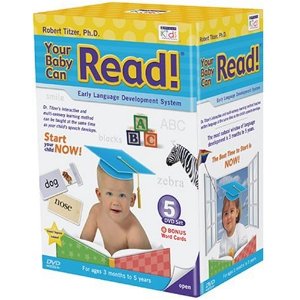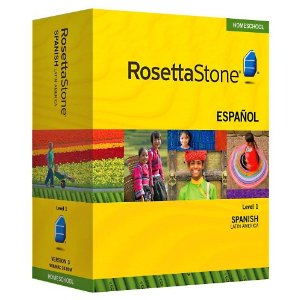Raising tadpole and learning its life cycle can be educational for kids at home or in school. For many homeschooling families it is must. However, one must know how to properly take care of tadpoles, so they can survive and become frog. If you do it right, it could be simple as raising fishes. However, you may decide, if you want to keep the the tadpoles once they become frogs or let them be in natural habitat.
What are tadpoles?
A tadpole (also pollywog or porwigle) is the larval stage in the life cycle of an amphibian, particularly that of a frog or toad. They are usually wholly aquatic, though some species have tadpoles that are terrestrial.
Tadpoles are young amphibians that usually live in the water, though some tadpoles may be terrestrial.[1] During the tadpole stage of the amphibian life cycle, most respire by means of autonomous external or internal gills. They do not usually have arms or legs until the transition to adulthood, and typically have dorsal or fin-like appendages and a tail with which they swim by lateral undulation, similar to most fish.
See also;
How to Raise Tadpoles
General Caring Tips for Raising Tadpoles
Where to get Tadpoles
As a tadpole matures, it most commonly metamorphosizes by gradually growing limbs (usually the legs first, followed by the arms) and then (most commonly in the case of frogs) outwardly absorbing its tail by apoptosis. Lungs develop around the time of leg development, and tadpoles late in development will often be found near the surface of the water, where they breathe air. During the final stages of external metamorphosis, the tadpole’s mouth changes from a small, enclosed mouth at the front of the head to a large mouth the same width as the head. The intestines shorten to make way for the new diet. Most tadpoles are herbivorous, subsisting on algae and plants. Some species are omnivorous, eating detritus and, when available, smaller tadpoles.
How to tell what kind of frog you have from a tadpole:
Usually telling what kind of frog you have from a tadpole, you have to wait until they grow to be frog and compare the images of frog from the encyclopedia or internet to know what type of frogs they are;
Other things that expert recommend is to find a regional guide (like go to the library and find a book about what sorts of animals live in your area) and often if there are frogs, they will also show photos of what they look like as tadpoles. There really aren’t any obvious distinguishing features that separate frog types at tadpole stage. Remember there are around 3,900 species of frogs in the world! So finding can be long but educational process. You and kids may learn a lot during the research of what type of frogs you are raising.
If the field guides for your region don’t have pictures of tadpoles, your best bet is to wait until it becomes a frog and compare the pictures of frogs in the guide. Learning About Frogs, Frog source books is a great resource to get you started on what type of frogs you may have.
Image Source: Wikipedia, amazon









